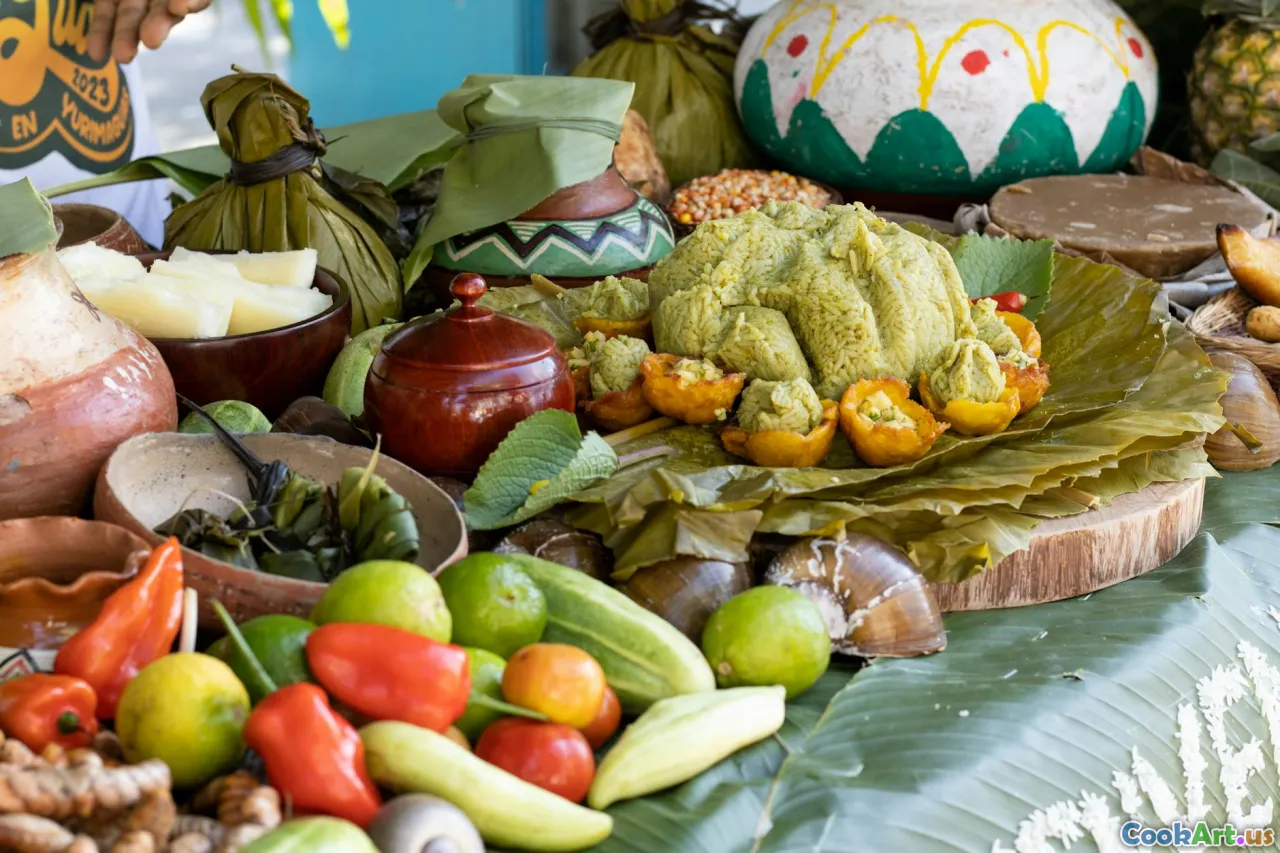Italian Cuisine: A Love Story
8 min read Explore the passionate world of Italian cuisine—its rich history, vibrant flavors, and the cultural stories that make it a timeless love affair. April 21, 2025 13:55
Italian Cuisine: A Love Story
Italy—a land where culinary artistry isn’t just about food, but a soulful expression of history, culture, and community. From the rolling hills of Tuscany to the bustling streets of Naples, Italian cuisine is more than a collection of recipes; it’s a love story written in every ingredient, every tradition, and every shared meal.
An Introduction: The Heartbeat of Italy
Imagine the aroma of freshly baked bread wafting through a sun-dappled piazza, the vibrant colors of ripe tomatoes and basil at a bustling market, or the comforting warmth of a bowl of risotto on a chilly evening. Italian cuisine commands a visceral connection—it's a symphony of flavors that stir the soul.
What makes Italian food truly captivating is its deep-rooted history and regional diversity. It’s a cuisine that has evolved over centuries, shaped by conquests, trade, and the land itself. It’s a love story that celebrates simplicity, freshness, and the joy of sharing.
The Cultural Tapestry of Italian Food
A Reflection of Landscape and Climate
Italy’s geographic diversity—mountains, coastlines, fertile plains—has given rise to a kaleidoscope of regional culinary identities. The Mediterranean climate encourages the cultivation of olive trees, vineyards, and an abundance of vegetables, which form the backbone of Italian cooking.
Northern Italyboasts hearty dishes featuring butter, rice, and polenta. Think of Risotto alla Milanese, a creamy, saffron-infused rice dish that embodies elegance and richness.Central Italyoffers a rustic charm. Tuscany’s Bistecca alla Fiorentina is legendary—a thick, juicy steak grilled over wood embers, seasoned simply with salt, pepper, and a drizzle of olive oil.Southern Italy, with its warm Mediterranean sun, is famed for bold flavors—tomatoes, garlic, chili, and fresh seafood. Naples, the birthplace of pizza, serves the iconic Margherita, a perfect harmony of tomato, mozzarella, basil, and a crispy crust.
A Historical Journey
Italian cuisine’s roots extend back to ancient Rome, where food was a symbol of social status and power. Over centuries, it absorbed influences from the Greeks, Arabs, French, and Spanish, creating a rich tapestry of flavors.
During the Renaissance, the focus shifted towards regional ingredients and artisanal techniques, laying the groundwork for the diverse culinary landscape we cherish today.
The Emotional and Social Fabric
In Italy, food is more than sustenance—it’s a vessel for connection. Family gatherings around Sunday feasts, lively conversations over aperitivo, or quiet moments savoring a bowl of pasta—these rituals forge bonds and preserve traditions.
Celebrated Dishes and Ingredients
Pasta: The Heart of Italian Cooking
Italy’s pasta is legendary—each shape and sauce tells a story. From the delicateFettuccine Alfredo in Rome to the robust Orecchiette in Puglia, pasta is a canvas for regional flavors.Homemade pasta is a labor of love. Flour and eggs meld into silky dough, rolled thin and cut into shapes that trap sauces perfectly. The process itself is a meditation, a way to connect with centuries of tradition.
Risotto and Polenta
Creamy, comforting, and endlessly versatile,risotto embodies Northern Italy’s love for rice. Slowly simmered with broth, butter, and Parmesan, it’s a dish that demands patience—and rewards with a luscious texture.Polenta, made from coarsely ground corn, is equally soulful—serving as a base for hearty stews or grilled on its own, topped with cheese or mushrooms.
The Flavors of the Sea
Coastal regions thrive on fresh seafood—crab, sardines, calamari—often cooked simply to highlight their purity. Spaghetti alle Vongole (clams) and Fritto Misto (mixed fried seafood) are staples that evoke the ocean’s bounty.
Herbs and Olive Oil
Basil, oregano, rosemary, and thyme add aromatic vibrancy, while extra virgin olive oil—liquid gold—embodies Italian purity and craftsmanship.
Personal Insights and Anecdotes
My own love affair with Italian cuisine began during a summer visit to Florence. Sitting at a small trattoria, I was served a plate of Tagliatelle al Ragu, the rich, meaty sauce clinging to every strand. The warmth of the dish and the welcoming atmosphere made me feel an instant sense of belonging.
Later, I learned that each region’s recipes are a reflection of its history and landscape. That understanding deepened my appreciation and inspired me to explore Italy’s culinary diversity.
The Art of Italian Cooking
Techniques and Traditions
Italian cooking emphasizes freshness and simplicity. Techniques like slow braising, dough kneading, and wood-fire grilling are passed down through generations.
The Role of the Nonna
In Italy, the grandmother, or nonna, is the guardian of culinary tradition. Her recipes—handed down with love—are treasures, embodying the essence of Italian home cooking.
Why We Fall in Love with Italian Food
Italian cuisine’s magic lies in its ability to evoke memories and emotions. Its dishes are unpretentious yet profound, celebrating the land’s bounty and the joy of sharing.
Whether it’s the comforting embrace of a Lasagna, the festive sparkle of a Panettone, or the simple pleasure of a Cappuccino, Italian food is a love story that continues to enchant and inspire.
Conclusion: An Eternal Love Affair
Italian cuisine isn’t just about food; it’s about life, love, and community. It invites us to slow down, savor each moment, and appreciate the beauty in simplicity. It’s a timeless romance that has captivated the world—and, once experienced, becomes part of your own story.
So, whether you’re cooking in a bustling Italian kitchen or enjoying a quiet meal at home, remember: every dish is a chapter in this ongoing love story—crafted with passion, tradition, and an unending zest for life.









